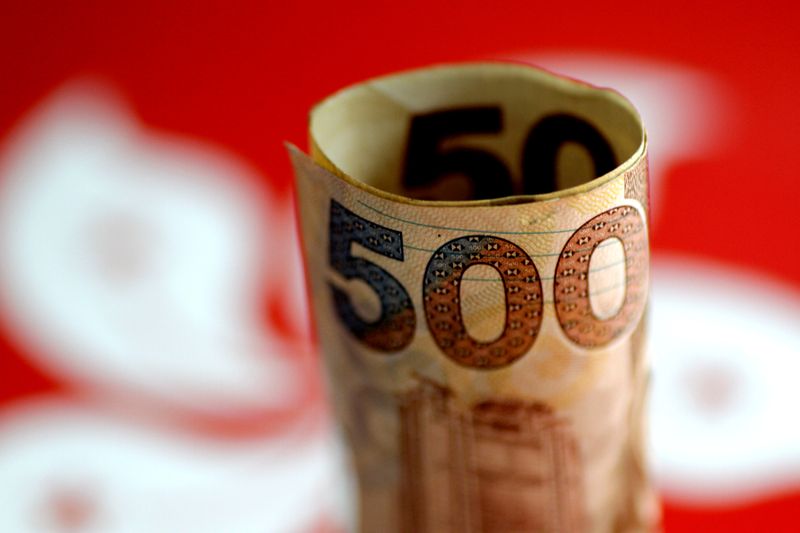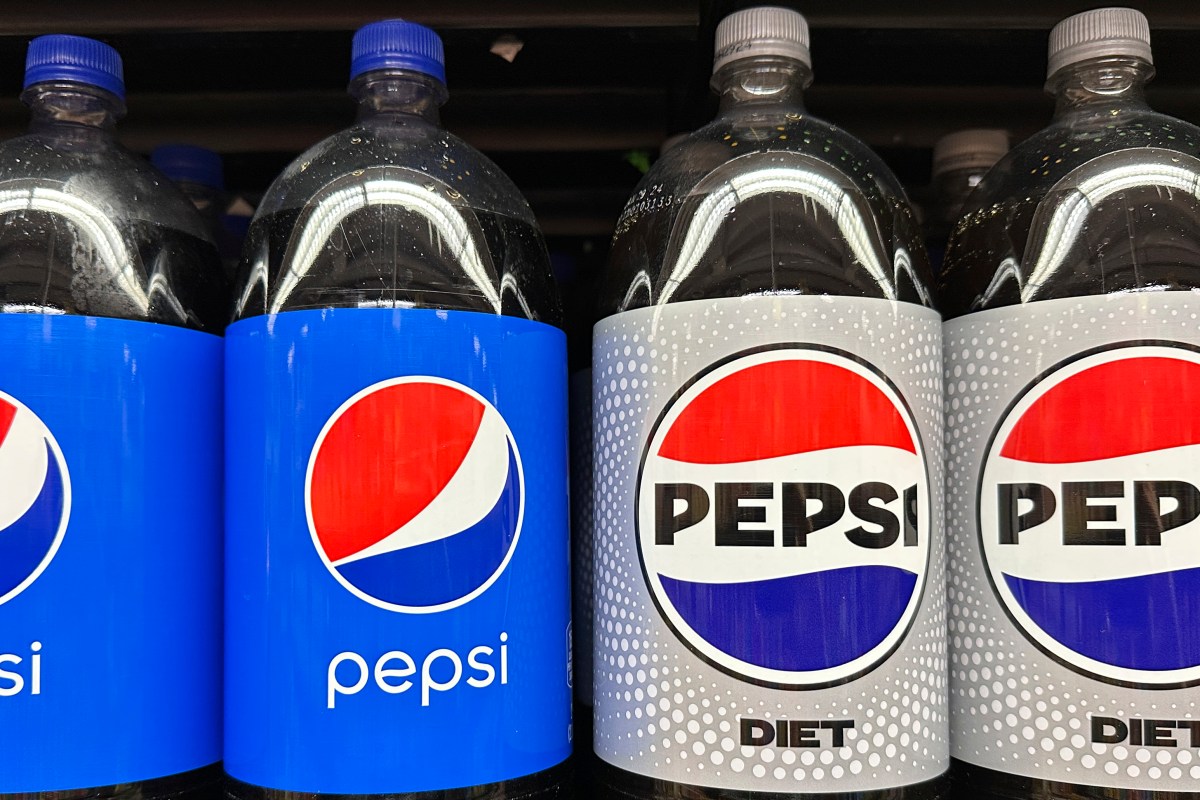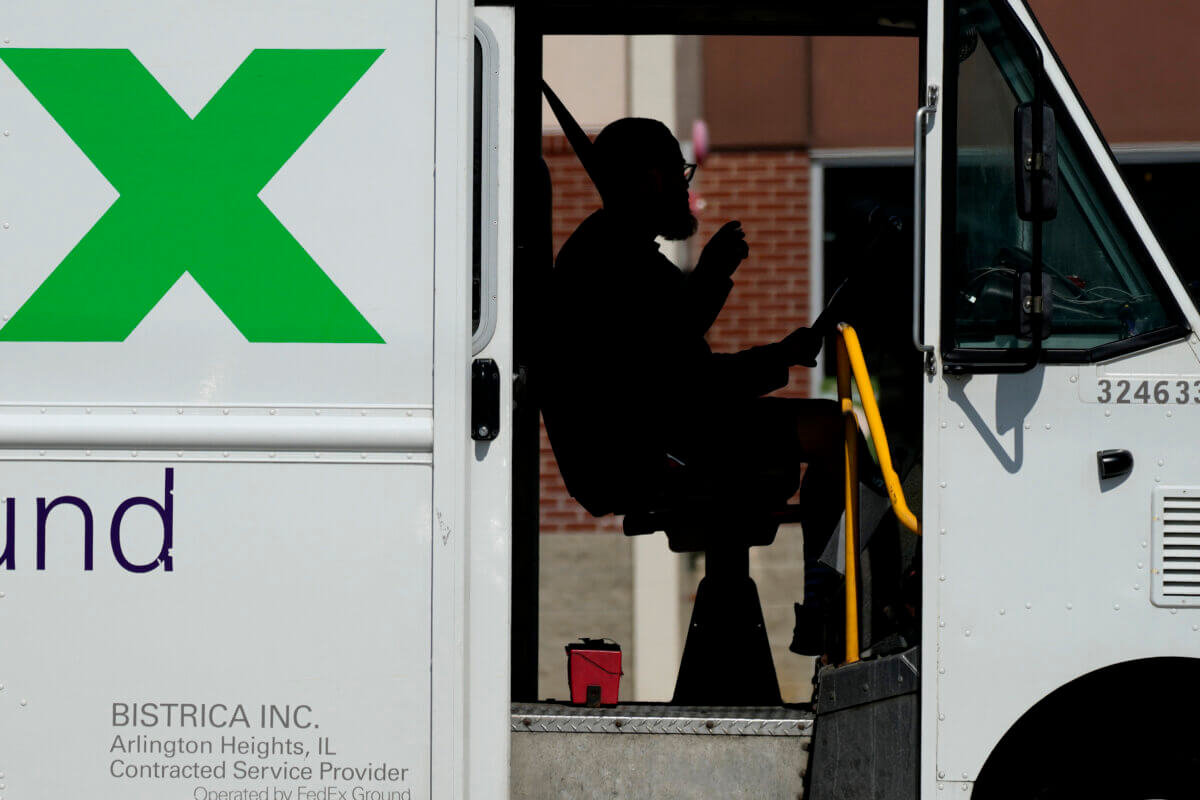HONG KONG (Reuters) – The Hong Kong dollar <HKD=D3> is bumping against the top end of its narrow 7.75-7.85 band against the U.S. dollar and is among the best-performing currencies this year even as the city’s economy struggles to contain the fallout of the coronavirus.
The Hong Kong Monetary Authority (HKMA) spent HK$7.7 billion ($993.45 million) last week to defend the peg as the currency rose to its upper limit for the first time in more than four years.
Analysts say what’s driving the currency is Chinese money chasing cheap Hong Kong-listed stocks, its favourable yields and the city government’s spending plans.
WHY HAS THE HKD BECOME A FAVORED ‘CARRY’ TRADE?
Traders often borrow in currencies with lower interest rates to fund purchases in higher-yielding markets, such as Hong Kong currently, creating inflows and strengthening a currency.
As part of the peg arrangement, Hong Kong’s official “base rate” <HKMAOOB> follows U.S. Federal Reserve policy. But once the Fed’s main rate loses its 50 basis points lead over the 5-day average of borrowing costs between Hong Kong’s banks – as it did in March – the HKMA’s policy tracks the local interbank rate.
The Fed Funds Target Rate <USFOMC=ECI> is at 0-0.25% and Hong Kong’s base rate <HKDR=> was 1.19% on Monday, indicating a rich yield cushion for the Hong Kong dollar.
Rates at which Hong Kong banks lend to each other are leading their U.S. equivalents by the most since 1999. They are also more prone to spikes with less cash around. Interbank cash levels, measured by the aggregate balance <aHKSETBAL>, are down 84% from a 2015 peak of HK$426 billion.
For a graphic on World FX rates in 2020, click https://graphics.reuters.com/GLOBAL-CURRENCIES-PERFORMANCE/0100301V041/index.html
HOW ARE STOCK MARKET FLOWS SUPPORTING THE HKD?
Hong Kong’s stock market is one of Asia’s largest.
Initial public offerings, such as the heavily subscribed recent listing of Akeso <9926.HK>, have locked up cash and kept interest rates elevated, said Carie Li, economist at OCBC Wing Hang Bank.
Chinese investors have poured cash into Hong Kong shares, many of which trade cheaper than peers on the mainland and <.HSCAHPI> “Southbound” net purchases through the Stock Connect link reached a record $17.93 billion in March.
WHY WOULD HKD STAY STRONG WHILE ITS ECONOMY WEAKENS?
The Hong Kong government is spending record sums to prop up the economy, battered by months-long protests in 2019, and in partial lockdown now to fight the coronavirus.
It could finance some of this spending with deposits it holds with the HKMA. With limited HKD to hand, the central bank may meet this demand by selling foreign currency assets, said Chi Lo, senior economist at BNP Paribas Asset Management.
The HKMA’s chief executive, Eddie Yue, has acknowledged higher fiscal spending will likely increase HKD demand.
IS HONG KONG’S PEG DIFFERENT?
Lebanon’s currency peg is creaking under economic pressure and Argentina’s fell apart in 2002 as reserves were depleted.
But even if Hong Kong spent all the cash parked at the HKMA, it would still have enough foreign currency reserves to buy all the HKD 1.6 times over, said BNP’s Lo.
Hao Zhou, analyst at Commerzbank, noted that the HKMA tends to be prudent and spent only $16 billion of its $437 billion FX reserves in 2018 and 2019 to defend the peg as the HKD weakened.
(Reporting by Noah Sin; Editing by Vidya Ranganathan and Robert Birsel)



















